Refine search
Actions for selected content:
36807 results in Cambridge Textbooks
17 - Parapsychology
- from Part III - Other States of Consciousness
-
- Book:
- The Science of Consciousness
- Published online:
- 19 March 2021
- Print publication:
- 18 February 2021, pp 384-402
-
- Chapter
- Export citation
Appendix B - The Beltrami–Michell Compatibility Equations
-
- Book:
- Advanced Mechanics of Solids
- Published online:
- 08 October 2021
- Print publication:
- 18 February 2021, pp 537-539
-
- Chapter
- Export citation
9 - Computational Mechanics of Deformable Bodies
-
- Book:
- Advanced Mechanics of Solids
- Published online:
- 08 October 2021
- Print publication:
- 18 February 2021, pp 276-371
-
- Chapter
- Export citation
Copyright page
-
- Book:
- Advanced Mechanics of Solids
- Published online:
- 08 October 2021
- Print publication:
- 18 February 2021, pp iv-iv
-
- Chapter
- Export citation
Dedication
-
- Book:
- The Science of Consciousness
- Published online:
- 19 March 2021
- Print publication:
- 18 February 2021, pp v-vi
-
- Chapter
- Export citation
1 - The Problem of Consciousness
- from Part I - The Nature of Consciousness
-
- Book:
- The Science of Consciousness
- Published online:
- 19 March 2021
- Print publication:
- 18 February 2021, pp 3-25
-
- Chapter
- Export citation
7 - Self and Identity
- from Part II - The Workings of Consciousness
-
- Book:
- The Science of Consciousness
- Published online:
- 19 March 2021
- Print publication:
- 18 February 2021, pp 156-184
-
- Chapter
- Export citation
Appendix D - MATLAB® Files
-
- Book:
- Advanced Mechanics of Solids
- Published online:
- 08 October 2021
- Print publication:
- 18 February 2021, pp 557-564
-
- Chapter
- Export citation
Part I - The Nature of Consciousness
-
- Book:
- The Science of Consciousness
- Published online:
- 19 March 2021
- Print publication:
- 18 February 2021, pp 1-128
-
- Chapter
- Export citation
5 - Stress–Strain Relations
-
- Book:
- Advanced Mechanics of Solids
- Published online:
- 08 October 2021
- Print publication:
- 18 February 2021, pp 119-145
-
- Chapter
- Export citation
18 - Bringing it all Together
- from Part III - Other States of Consciousness
-
- Book:
- The Science of Consciousness
- Published online:
- 19 March 2021
- Print publication:
- 18 February 2021, pp 403-414
-
- Chapter
- Export citation
9 - Perception and Consciousness
- from Part II - The Workings of Consciousness
-
- Book:
- The Science of Consciousness
- Published online:
- 19 March 2021
- Print publication:
- 18 February 2021, pp 218-238
-
- Chapter
- Export citation
11 - Uniform and Nonuniform Torsion
-
- Book:
- Advanced Mechanics of Solids
- Published online:
- 08 October 2021
- Print publication:
- 18 February 2021, pp 409-474
-
- Chapter
- Export citation
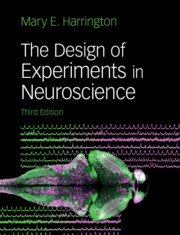
The Design of Experiments in Neuroscience
-
- Published online:
- 16 February 2021
- Print publication:
- 06 February 2020
-
- Textbook
- Export citation
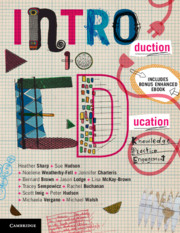
Introduction to Education
- Knowledge, Practice, Engagement
-
- Published online:
- 13 February 2021
- Print publication:
- 22 January 2021
-
- Textbook
- Export citation
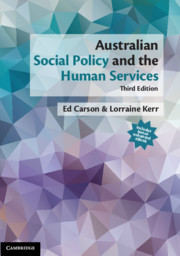
Australian Social Policy and the Human Services
-
- Published online:
- 13 February 2021
- Print publication:
- 31 August 2020
-
- Textbook
- Export citation
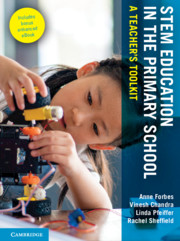
STEM Education in the Primary School
- A Teacher's Toolkit
-
- Published online:
- 13 February 2021
- Print publication:
- 22 January 2021
-
- Textbook
- Export citation
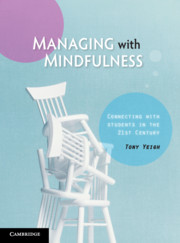
Managing with Mindfulness
- Connecting with Students in the 21st Century
-
- Published online:
- 11 February 2021
- Print publication:
- 07 September 2020
-
- Textbook
- Export citation
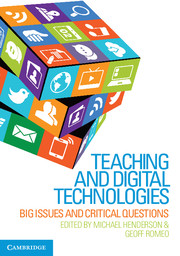
Teaching and Digital Technologies
- Big Issues and Critical Questions
-
- Published online:
- 07 February 2021
- Print publication:
- 25 September 2015
-
- Textbook
- Export citation
5 - Metamorphism of Basic Igneous Rocks
-
- Book:
- An Introduction to Metamorphic Petrology
- Published online:
- 28 November 2020
- Print publication:
- 04 February 2021, pp 132-164
-
- Chapter
- Export citation
